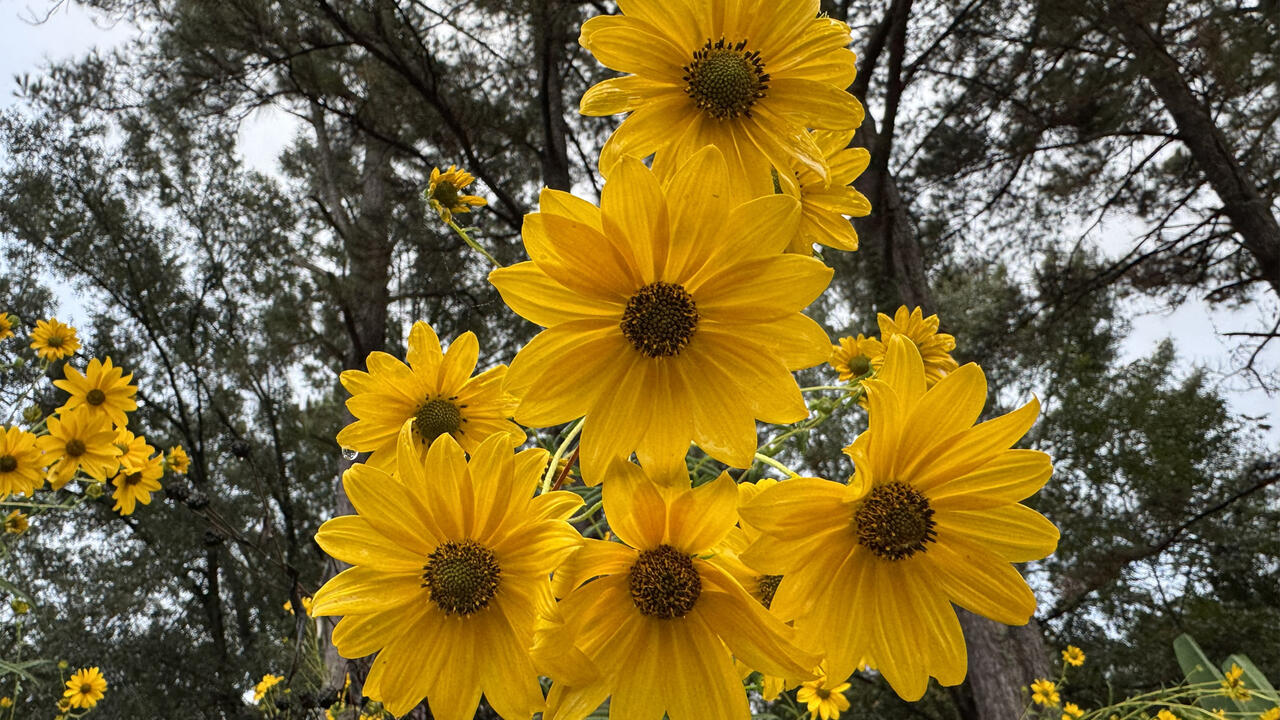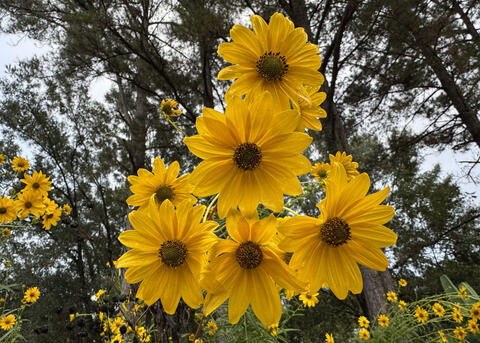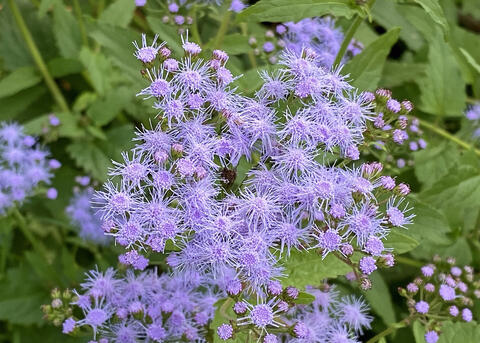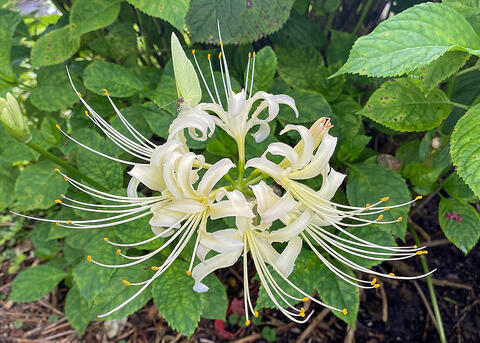There are three plants in my landscape that never fail to signal the arrival of fall.
When I see the golden blooms of swamp sunflower, the soft blue clusters of blue mistflower, and the elegant white petals of white lycoris, I know fall has arrived. These plants add a distinct charm to the garden as the days grow shorter and the air takes on that unmistakable autumn crispness.
The swamp sunflower, known scientifically as Helianthus angustifolius, is one of the brightest sights in my fall garden.
Towering above most other perennials, this native wildflower produces masses of cheerful yellow blooms that seem to glow in the late afternoon sun. The narrow, dark green foliage is a striking contrast to the bright flowers, and it is a favorite stop for butterflies and bees stocking up before winter.
Swamp sunflower thrives in full sun and moist, well-drained soil, though it is surprisingly adaptable once established. A midsummer trim helps keep plants compact and encourages more blooms when fall arrives.
Blue mistflower, known scientifically as Conoclinium coelestinum, spills gracefully along the edges of my flower beds. Its soft, fuzzy clusters of blue-violet blooms pair beautifully with the yellow tones of swamp sunflower.
Blue mistflower forms a dense mat of foliage that works well as a groundcover, and it is another pollinator magnet. It prefers full sun to partial shade and moist soil. While it can spread enthusiastically, its natural, cottage garden look makes it a joy to grow.
The third plant that signals cooler days are on the way is the lycoris. They add a touch of mystery to the garden by appearing suddenly. Often called spider lilies or surprise lilies, they send up slender flower stalks well after their spring foliage has vanished.
Known scientifically as Lycoris albiflora, the white lycoris in my garden creates an elegant display of crisp blooms. Each flower is lightly fragrant and laced with delicate, curling petals.
Red lycoris, scientifically called Lycoris radiata, are an unmistakable favorite more commonly seen in Southern gardens. Less common are the yellow lycoris, known as Lycoris aurea and sometimes called the golden spider lily.
All lycoris varieties thrive in well-drained soil and full sun to partial shade. Once planted, they prefer to stay undisturbed for many years, rewarding patience with dependable blooms season after season.
Fall may mark the winding down of the growing season, but these autumn bloomers remind me of the beauty that comes with transition in the garden. Autumn can be colorful and rewarding in your Mississippi landscape as well.



